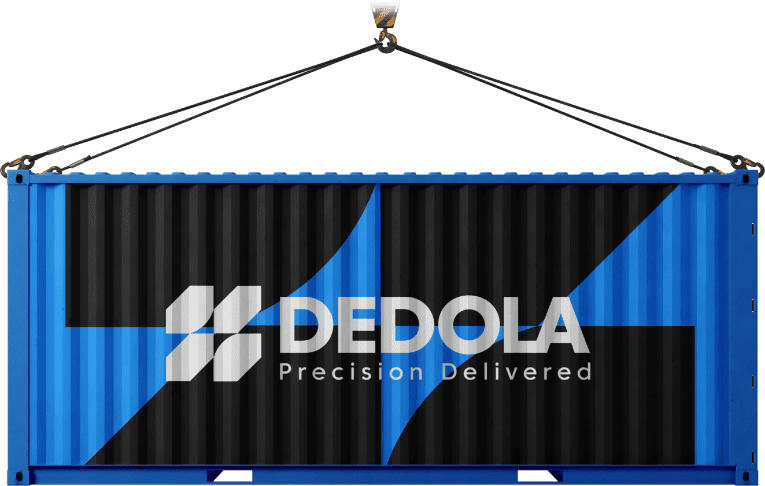Q: How have U.S. tariffs evolved, and what does that mean for your supply chain?
A: As of August 13, 2025, tariffs on Indian goods have jumped to 50% effective August 27 (25% base + 25% penalty), the U.S.–China tariff truce has been extended another 90 days, and importers are front-loading shipments—especially from China—to avoid future spikes amid legal uncertainty and shifting sector rules.
Key Insights
- India tariffs doubled to 50%, targeting sectors like apparel, shrimp, and carpets.
- U.S.-China tariff truce extended to November 10, temporarilyblocking spikes to 145%.
- Retailers rushed imports, pushing container volumes in July to record highs.
- Auto parts exports from India may drop 15-20%, hitting a $7B trade area.
- Legal challenges to tariffs under IEEPA persist, but duties remain in place.
- Commodity shifts like soybeans now favor Brazil over U.S. for Chinese buyers.
What’s Changed—and Why It Matters to You
How have tariffs on Indian imports escalated?
- As of August 6, another 25% tariff is added, bringing total duties to 50%, effective August 27, with transit exemptions until September 17.
- This hits diverse sectors—garments, diamond polishing, shrimp, home textiles, solar panels, agrochemicals, and more—threatening export viability.
- Analysts warn this may slash India’s apparel exports by up to 70% and automotive components by 15–20%.
What’s happening with U.S.–China trade?
- The previously scheduled tariff hike has been extended another 90 days until November 10.
- The pause prevented tariffs from escalating into the triple digits—45% for U.S. goods, 125% for Chinese, etc.
- However, U.S. exporters—especially soybean suppliers—are already losing ground, as Chinese buyers source from Brazil.
How are import flows responding?
- U.S. container imports peaked in July, indicating frontloaded shipments ahead of projected tariff escalations.
Are the tariffs legally secure?
- Federal courts (CIT) have already ruled Trump’s tariffs under IEEPA illegal, but appeals are pending, so enforcement continues for now.

What Should Importers Do Now?
- Reassess sourcing from India—rising tariffs may severely impact costs in apparel, auto parts, and specialty goods.
- Frontload China-origin shipments where possible, taking advantage of the truce extension through November.
- Track legal developments—if IEEPA-based tariffs are overturned, refunds or reversals may follow.
- Reevaluate U.S. sourcing or reshoring—tariff pressure and court risks make domestic options more appealing.
- Adjust inventory timing, especially for seasonal goods, as seen with retailers preshipping in July.
- Consult Dedola’s Tariff Classification Guide and ocean/air freight services for optimized routing and documentation.
Key Takeaways for Importers
- India tariffs now at 50%—prepare for sharp cost jumps and possible supply shifts.
- China truce gives breathing room—plan shipments with November in view.
- Legal outcome remains uncertain—maintain flexibility in your plans.
- Import patterns are frontloaded—consider capacity impacts and storage.
- Diversification is essential—explore alternative sourcing and shipping modes.
FAQ
Q: When do India’s new tariffs take effect, and is there a grace period?
A: They take effect August 27, with exemptions for goods already in transit entering by September 17. Dedola can help with transit status and entry strategies.
Q: Should I expect tariffs on Chinese goods later this year?
A: Currently deferred until November 10. Dedola can advise on shipment pacing and documentation to leverage the delay.
Q: Are tariffs legally fragile right now?
A: Yes—courts have flagged IEEPA-based tariffs as unconstitutional, but enforcement continues during appeals. Dedola will monitor for refund eligibility or reversals.
Q: How should I manage imports under these conditions?
A: Use our Ocean Freight and Air Freight services to optimize timing, select exempt zones, and align with tariff rules. We’ll help map cost-efficient routes.
Q: What can I do about India-origin costs?
A: Explore sourcing diversification, supply chain restructuring, or transitioning through U.S. domestic manufacturing, guided by our tariff advisory services.

About the Author
Michael Goldsmith is Dedola’s VP of Strategic Client Partnerships. With two decades in international trade and customs policy, he enables high-volume importers to navigate tariff volatility, optimize freight modes, and maintain cost control—even in turbulent regulatory environments. Learn more on Dedola’s About page or dive into our Tariff Classification Guide.





